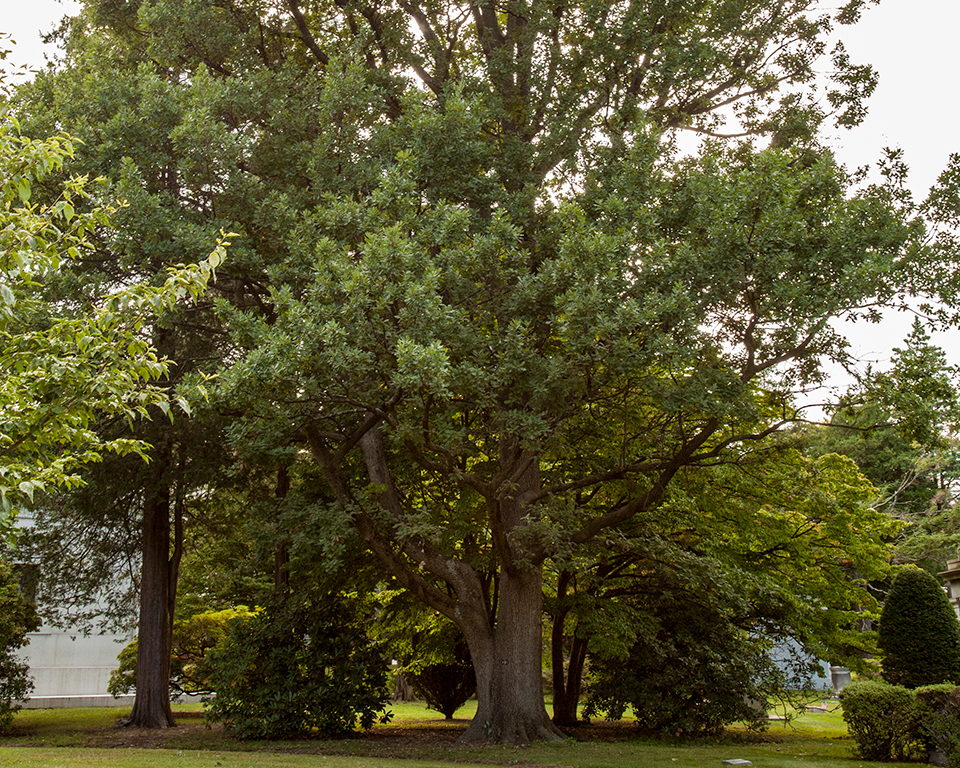QUERCUS ROBUR – OAK, ENGLISH

The species is not commonly planted but could be a good tree for street side planting if it were more available. It appears to be well suited for planting in most areas within its hardiness range including the high plains and Rocky Mountains. The cultivars with a narrow canopy require little pruning because branches stay fairly small in diameter. The species can use pruning when the tree is small to develop good structure with branches spaced along a central trunk. Trees are very tolerant of urban conditions and have survived and grow well along streets. Trees can reportedly naturalize under certain circumstances.
This tree is drought-tolerant and could be used more extensively, particularly in dry climates with low humidity. It grows well in a wide range of soil from acid to alkaline. English Oak is hardy in USDA hardiness zone 5 and will tolerate a range of soil pH and moisture conditions, including wet soil and dry clay. Branches develop nicely and the tree typically requires little if any pruning to create good form and strong structure. There are some places where trees have escaped cultivation. Oak wood is considered ring porous to semi-ring porous. Trees compartmentalize decay fairly well meaning that once injured, the tree has the ability slow or stop the spread of decay.
Trees are among those susceptible to summer branch drop in Britain. Summer branch drop is a phenomena resulting in failure and breakage of large diameter branches typically on calm summer days.

